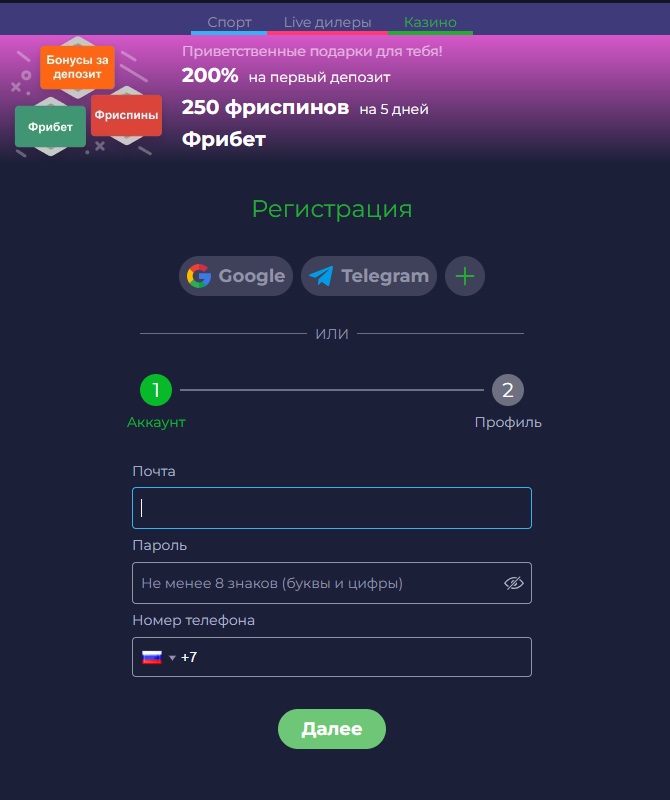Ramenbet – актуальное зеркало

Онлайн-казино Ramenbet - это виртуальная платформа, где игроки могут наслаждаться широким разнообразием игр казино, не выходя из дома. Раменбет обеспечивает захватывающий и удобный опыт азартных игр, который становится все более популярным в последние годы.
В этой статье мы рассмотрим различные аспекты казино Ramen bet, включая его историю, особенности и преимущества. Рамен Бет было основано в 2023 году и с тех пор стало одним из ведущих онлайн-казино по всему миру.
- 🐢 Ramenbet казинно: основные особенности
- 🎧 Преимущества игры в онлайн-казино Ramenbet
- 😘 Ramenbet: подведём итоги
Оно принадлежит компании Ramen Gaming Ltd., базирующейся на Мальте, и работает на основании лицензий Мальтийского игорного управления. Рост популярности Ramenbet казино объясняется удобным интерфейсом, разнообразным выбором игр и отличным обслуживанием клиентов.
|
😀 Официальный сайт |
https://www.pink-floyd.ru/ |
|
📺 Год основания |
20057+ |
|
🤔 Лицензия |
Предоставлено и действует в соответствии с законодательством Кюрасао, как согласовано с Antillephone N.V. в лицензии на игру. Номер игровой лицензии — 4080/JAZ 2016-026. |
|
🌺 Владелец |
WagerWeasel Inc. |
|
🐶 Игр |
57+407+ |
|
🚲 Языки |
русский, украинский, английский, немецкий, испанский, итальянский, арабский, румынский, португальский, шведский, польский, норвежский, финский, болгарский, японский, китайский, турецкий, азербайджанский, французский, литовский, чешский, греческий, хорватский, сербский, вьетнамский, узбекский, грузинский, тайский, корейский, латышский, казахский, индонезийский, словенский, персидский, иврит, хинди, малайский, албанский, белорусский, армянский, датский |
|
🐱 Валюты |
SPL, KGS, LYD, HTG, DJF, BGN, TZS, BYN, MOP, BWP, STN, SZL, GYD, SBD, WST, CNY, ARS, GEL, SGD, SOS |
|
🎉🍄 Провайдеры |
Booming Games, Oryx, JFTW, Betsoft, Red Tiger, Lucky Streak, iSoftBet, Microgaming, Ruby Play, VRCasino, Bbin, Espresso Games, Gamzix, Fantasma Games, Up Games, Apollo Games, Reelnrg, Bgaming, 1x2 Gaming, Mr.Slotty |
|
🎧 Методы депозита |
Affirm, POLi, Skrill, BACS Transfer, Payoneer, Visa Electron, UnionPay, JCB, Freecharge, Interac, Samsung Pay, WeChat Pay, Afterpay, Diners Club, MoneyGram, Codashop, MobiKwik, PayPal, Stripe, Paybright |
|
🎧 Методы вывода |
SWIFT Transfer, Skrill, Paytm, Ethereum, Visa Electron, eCheck, Diners Club, POLi, Venmo, Apple Pay, Zelle, 2Checkout, WeChat Pay, Maestro, Neteller, MobiKwik, Paybright, Interac, Affirm, Mastercard |
|
🚲 Бонус |
174+% на первый депозит, 174+% релоад + 57+ вращений на Колесе Фортуны, 57+% кэшбэк |
|
🎮 Мин. депозит |
174+ руб. |
|
🌺 Мин. вывод |
174+ руб. |
|
🤗 Мобильная версия |
Android, iOS, Windows |
|
🥳 Служба поддержки |
|
🌙 Ramenbet казинно: основные особенности
Ramenbet казино - это виртуальная игорная платформа, предлагающая огромное разнообразие онлайн-игр для игроков со всего мира. Раменбет казино имеет лицензию и регулируется правительством Кюрасао, что обеспечивает честную и безопасную игру для ее пользователей.

Казино Ramen bet онлайн большое разнообразие возможностей, которые выделяют его среди других казино. К ним относятся:
- Высококачественные игры: Рамен Бетс предлагает разнообразный выбор высококачественных игр от ведущих поставщиков программного обеспечения, таких как Microgaming, NetEnt и Playtech. Это гарантирует игрокам Ramenbet зеркало захватывающий игровой процесс с потрясающей графикой и плавным геймплеем.
- Удобный интерфейс: Раменбет официальный сайт разработан с учетом пожеланий пользователей, что позволяет игрокам легко ориентироваться. Также имеется мобильная версия, позволяющая игрокам заходить в Ramenbet казино со своих смартфонов или планшетов.
- Безопасная и честная игра: Ramen bet использует передовые меры безопасности для защиты личной и финансовой информации своих игроков. Кроме того, Рамен Бет использует технология RNG (генератор случайных чисел) для обеспечения честного игрового процесса.
- Множество вариантов оплаты: Казино РаменБетс принимает различные способы оплаты. Благодаря этому игроки из разных стран могут легко выводить и вносить средства.
Итак, если вы ищете первоклассное онлайн-казино, обратите внимание на Ramenbet зеркало. Благодаря своим исключительным возможностям и услугам, оно обязательно обеспечит незабываемый и приятный игровой опыт для всех игроков.
📷 Преимущества игры в онлайн-казино Ramenbet
Если вы являетесь поклонником казино онлайн, то наверняка слышали о Ramenbet. Это одно из ведущих онлайн-казино в индустрии, которое может похвастаться впечатляющим выбором игр, бонусов и возможностей.

Есть несколько преимуществ, которые дает игра в Раменбет зеркало онлайн, в том числе:
- Удобство: В Ramenbets игроки могут получить доступ к своим любимым играм, не выходя из дома.
- Бонусы и акции: Раменбет казино предлагает различные бонусы и акции для своих игроков, включая бесплатные вращения, приветственные бонусы и программы лояльности. Они могут значительно увеличить банкролл игрока и повысить его шансы на выигрыш.
- Круглосуточная поддержка клиентов: В Ramenbet казино есть специальная служба поддержки, которая работает круглосуточно и готова помочь игрокам.
- Глобальная доступность: Благодаря мультиязычной платформе и приему различных валют, онлайн-казино Рамен Бет ориентировано на игроков из разных регионов мира. Это обеспечивает разнообразный и инклюзивный игровой опыт.
- Обширный выбор игр: Раменбет зеркало предлагает разнообразие игр, включая слоты, настольные игры и игры с живыми дилерами.
Так что если вы ищете исключительный опыт игры в онлайн-казино, обязательно загляните в Ramen bet. Кто знает, может быть, вам удастся сорвать джекпот! Так зачем же ждать? Зарегистрируйтесь и начните играть в Ramenbet зеркало уже сегодня!
🎁 Ramenbet: подведём итоги
Ramenbet предлагает безопасную и увлекательную игровую среду для игроков со всего мира. Благодаря широкому выбору игр, доступности службы поддержки и приверженности ответственному подходу к азартным играм, это идеальный выбор для тех, кто хочет насладиться игрой в Раменбет зеркало.
Зарегистрируйтесь прямо сейчас, чтобы испытать все, что может предложить Ramen bet! Итак, присоединяйтесь к веселью в онлайн-казино Ramenbet и попытайте счастья в крупном выигрыше, играя ответственно. Помните, что азартные игры - это развлечение, а не способ заработать деньги, поэтому всегда играйте ответственно и по средствам. Счастливой игры!
Важные Вопросы
🐱 Существуют ли какие-либо ограничения на то, кто может играть в Ramenbet официальный сайт?
📚 Чтобы играть в Рамен Бет казино, игроки должны быть совершеннолетними в своей стране.
🐝 Могу ли я получить доступ к казино Ramenbet онлайн с мобильного устройства?
🐱 Является ли казино Ramenbet безопасным и надежным?
😍 Да, Раменбет казино использует передовые меры безопасности для обеспечения сохранности личной и финансовой информации своих игроков.
Повторно загружено: 2024-01-02